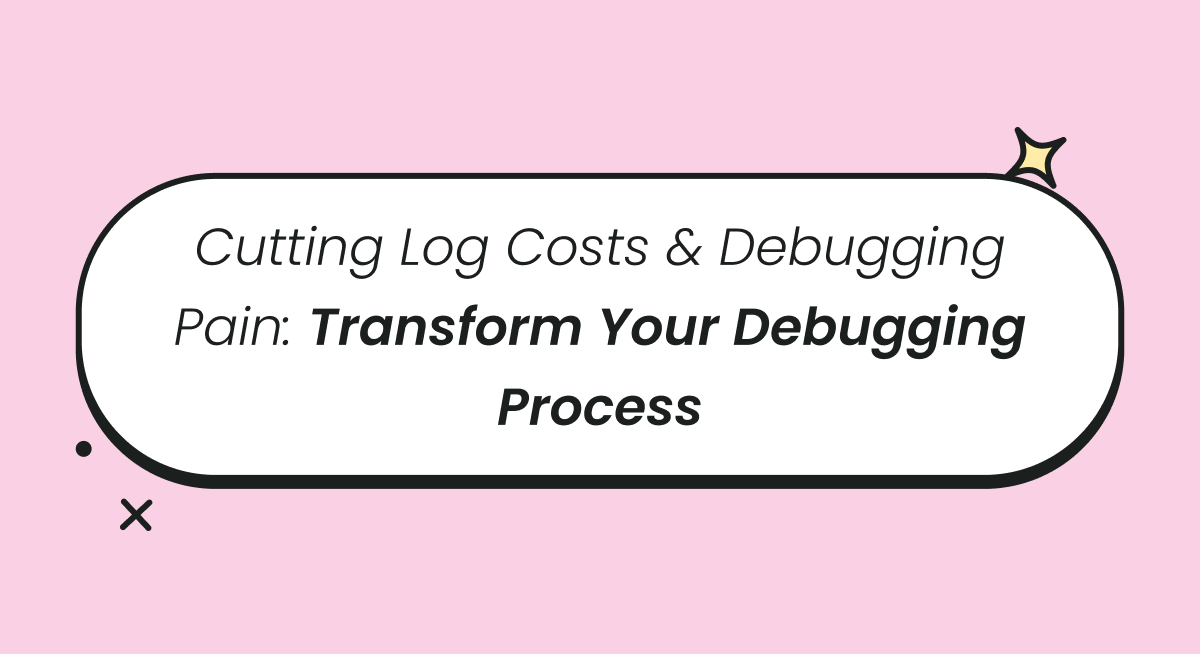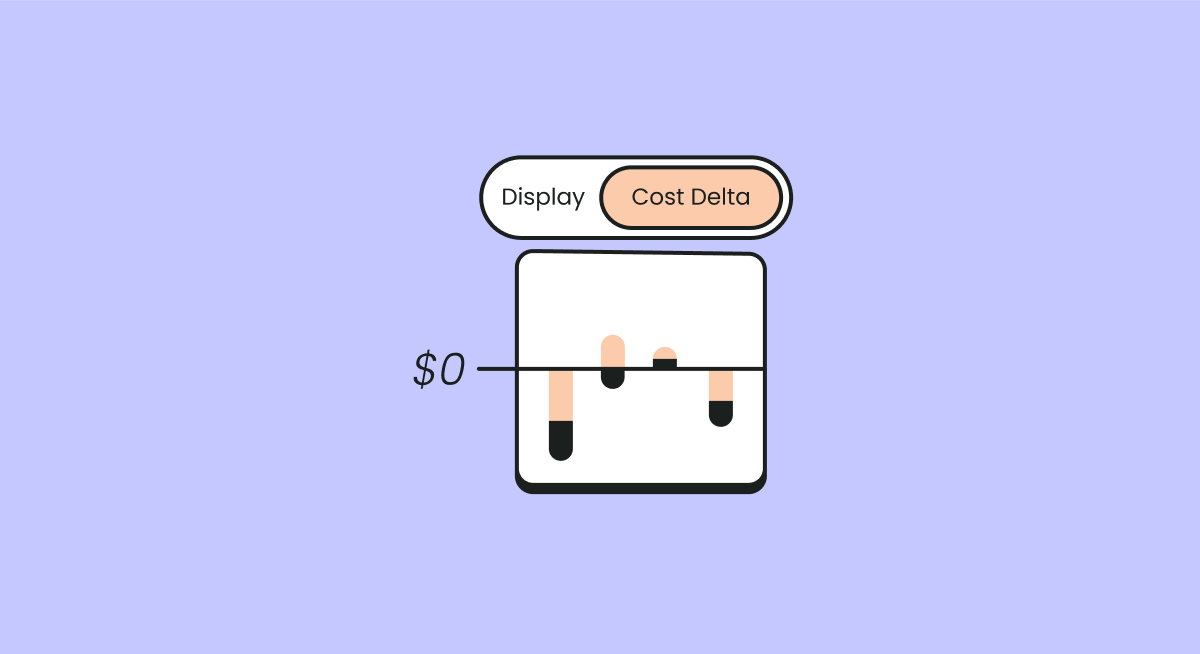
What Is Cloud Forecasting?
Cloud cost forecasting is crucial for organizations operating in the cloud because it directly impacts financial planning and resource management. As businesses increasingly migrate workloads to cloud environments, managing costs becomes complex due to the dynamic nature of cloud services, such as on-demand pricing models and scaling capabilities.
Accurate forecasting helps organizations anticipate future cloud expenses, avoid unexpected budget overruns, and optimize spending. Without precise predictions, companies risk overspending or under-utilizing resources, both of which negatively impact profitability and efficiency.
However, achieving accurate cloud cost forecasting is notoriously challenging due to the variability and complexity inherent in cloud services. Cloud environments are highly flexible, with usage patterns fluctuating based on business demand, new workloads, or unanticipated system needs. Factors such as multi-cloud deployments, complex billing structures, and rapid changes in application requirements make forecasting cloud costs more difficult than traditional IT infrastructure.
We’ll explain how cloud forecasting works, expand on the challenges, and share best practices to help you achieve accurate forecasting in your organization. Leveraging FinOps tools can streamline this process and ensure financial and operational efficiency.
This is part of a series of articles about cloud cost management.
Related Content:
- Read our guide to The Rule of 40 in SaaS
- Read our guide to CFO Dashboards
Why Is Accurate Forecasting Important in Cloud Computing?
Cost Management
Cost management through cloud forecasting helps in examining and optimizing financial commitment. By predicting cloud expenses based on historical data and usage trends, organizations can adjust their cloud resource commitments. This approach prevents overspending and assists businesses in reallocating funds to priority areas.
Forecasting is critical to manage cloud spend, which is a huge expenditure in most modern IT organizations. In addition to supporting financial planning, it helps in identifying cost-saving opportunities such as reserved instances or committed use discounts that can reduce a cloud bill substantially. It also highlights inefficient spending, enabling rapid corrective actions.
Resource Optimization
Forecasting supports resource optimization by predicting when and how resources will be needed, thus avoiding the pitfalls of over- or under-provisioning. By optimizing the allocation of cloud resources, organizations can ensure operational efficiency and prevent bottlenecks that hinder productivity and lead to unnecessary costs.
Accurate forecasting allows for the identification of performance bottlenecks before they impact operations. By anticipating potential issues, organizations can make necessary adjustments to maintain optimal performance levels.
Risk Management
Risk management in cloud computing involves identifying, assessing, and mitigating risks related to cloud infrastructure. Cloud forecasting is pivotal in enhancing risk management by providing data-driven insights into potential future scenarios. By understanding these insights, organizations can prepare contingency plans, mitigate risks of disruption, and avoid unnecessary financial or operational impacts.
Forecasting significantly reduces risks associated with capacity shortfalls and service disruptions. By foreseeing potential issues, organizations can devise strategies to address them before they escalate.
Different Types of Cloud Forecasting
Simple Forecasting (Naive Forecasting)
Simple forecasting, or naive forecasting, is the most basic form of prediction. It assumes that the future will mirror past trends, making it suitable for predictable and stable environments. While it doesn't account for variables or changing patterns, it provides a quick, straightforward estimate when complex analysis isn't necessary.
However, simple forecasting isn't always the most accurate. Its effectiveness diminishes in volatile or rapidly evolving environments. It cannot adapt to sudden market changes or unforeseen events.
Trend-Based Forecasting
Trend-based forecasting analyzes historical data trends to predict future outcomes. It identifies patterns and growth trajectories, assuming that these trends will continue. This approach supports decision-making by highlighting long-term movements, crucial for strategic planning.
This method depends heavily on the accuracy of historical data and the assumption that past trends are indicative of future ones. External factors can disrupt these predictions, so they must be used with caution.
Driver-Based Forecasting
Driver-based forecasting involves identifying key drivers impacting cloud usage and linking these to forecast outcomes. This method allows for more dynamic predictions by analyzing variables such as customer demand, market trends, and technological advancements. It provides a causal understanding of what influences cloud demand, enabling organizations to adjust strategies proactively.
Driver-based forecasting demands a thorough understanding of business operations and external factors. While more complex than simple or trend-based methods, it offers greater flexibility and precision.
Net New Workloads Forecasting
Net new workloads forecasting predicts infrastructure needs for upcoming applications or services, based on past data and expected growth. This approach is crucial for organizations planning to deploy new projects in cloud environments. By accurately anticipating these future requirements, businesses can optimize resource allocation to support upcoming demands.
This type of forecasting involves extensive analysis of both current infrastructure and future business plans. It requires considering factors like anticipated customer usage, project timelines, and broader market movements.
Challenges in Cloud Cost Forecasting
Cloud Visibility
Limited cloud visibility is a significant hindrance to accurate forecasting. Without a clear view of resource consumption, creating precise predictions becomes challenging. Inadequate visibility leads to guesswork in forecasting efforts, resulting in misallocation of resources and cost overruns.
Enhancing cloud visibility involves utilizing monitoring and management tools that provide detailed insights into usage patterns and consumption. This data is essential for accurate forecasting, allowing for the timely identification of resource-heavy applications or unexpected usage spikes.
Multi-Cloud Adds to the Complexity
Utilizing multiple cloud service providers adds layers of complexity to forecasting. Each provider may have different billing models, policies, and resource offerings, complicating the prediction of total cloud expenditure. Collating data across these diverse platforms is resource-intensive and prone to errors, impacting the accuracy of forecasts.
Organizations must streamline data-gathering processes and establish unified monitoring capabilities across their cloud environments. Achieving interoperability among multiple providers allows for a cohesive understanding of resource consumption.
Alignment Between Finance and Engineering
A lack of alignment between finance and engineering teams complicates cloud cost forecasting. Discrepancies in understanding usage patterns and budget requirements often result in mismatches between projected and actual expenditures. This disconnect can lead to unplanned costs and resource misallocation.
To improve alignment, businesses must establish clear communication channels and shared goals between both teams. The FinOps framework guides organizations in achieving this cooperation and fostering shared responsibility over cloud costs. Understanding each team's priorities creates forecasts that are not only accurate but also aligned with organizational objectives.
Best Practices to Improve Cloud Cost Forecasting
1. Leverage Historical Data
Using historical data provides a foundation for accurate cloud cost forecasts. Analyzing past usage trends and expenditures reveals patterns that can inform future spending predictions. By understanding historical data, organizations gain insights into resource demands, enabling better planning for future needs and expenditures.
Organizations should systematically collect and analyze this data as part of their regular forecasting process. Historical analysis also aids in identifying areas of inefficiency, paving the way for targeted improvements.
2. Track Resource Utilization with Tagging
Tagging resources is an effective method for tracking usage across different projects and departments. This practice enhances visibility into how resources are consumed, supporting more accurate forecasting and cost management. By applying descriptive tags, organizations can categorize spending and identify trends, leading to better-informed budget allocations.
Implementing a robust tagging strategy requires consistency and standardization across all deployed cloud environments. Clear tagging conventions facilitate seamless access to usage data, promoting improved resource monitoring and allocation.
3. Utilize Predictive Autoscaling
Predictive autoscaling automates the adjustment of resources based on forecasted demand patterns. This technology increases or decreases resource allocation to align with projected needs, ensuring optimal performance and cost-efficiency. By automating resource management, organizations can prevent over-provisioning and associated costs.
Implementing predictive autoscaling involves configuring systems to respond dynamically to usage forecasts. It's essential to integrate this capability with existing cloud management tools to ensure seamless operation.
4. Use Machine Learning Models
Advanced machine learning models enhance the accuracy of cloud cost forecasting by analyzing vast data sets to identify patterns and trends. These models can predict fluctuations in demand with high precision, enabling businesses to anticipate future resource needs and manage expenditures proactively.
Integrating machine learning into forecasting processes requires data scientists or AI specialists to construct and refine models. These models must be regularly updated with new data to maintain their predictive accuracy.
5. Identify Seasonal Trends
Recognizing seasonal trends is critical for accurate forecasting in cloud environments. Many businesses experience cyclical patterns in resource demand, correlating with industry-specific factors. By identifying and accounting for these patterns, organizations can better predict periods of increased or decreased resource usage, aligning budgets and operational strategies accordingly.
To leverage seasonal trends, organizations must gather longitudinal data that captures these fluctuations over time. This data provides insight into recurring patterns and guides forecast adjustments.
6. Unified Cost Monitoring
Unified cost monitoring brings together data from various sources, providing a consolidated view of spending across cloud environments. This holistic approach enables accurate forecasting by ensuring all expenditures are accounted for, reducing unseen costs, and providing a consistent basis for predictions.
Adopting a unified monitoring strategy requires standardized data collection and integrated analytical tools. By maintaining a single source of truth, organizations improve their ability to track expenses, optimize cloud usage, and align forecasts with actual costs.
How Finout Helps You Forecast Your Entire Cloud Spend
Finout's advanced financial planning capabilities provide businesses with the tools needed to accurately forecast cloud costs across multi-cloud environments. By consolidating data from all providers into a unified view, Finout allows teams to leverage historical usage, implement predictive autoscaling, and utilize machine learning models for precise forecasting. With Finout, companies can seamlessly track resource utilization, identify cost-saving opportunities, and anticipate seasonal demand patterns, all while improving the alignment between finance and engineering teams. This proactive approach ensures organizations can plan ahead effectively, optimize cloud spend, and maintain financial control over their cloud investments.








